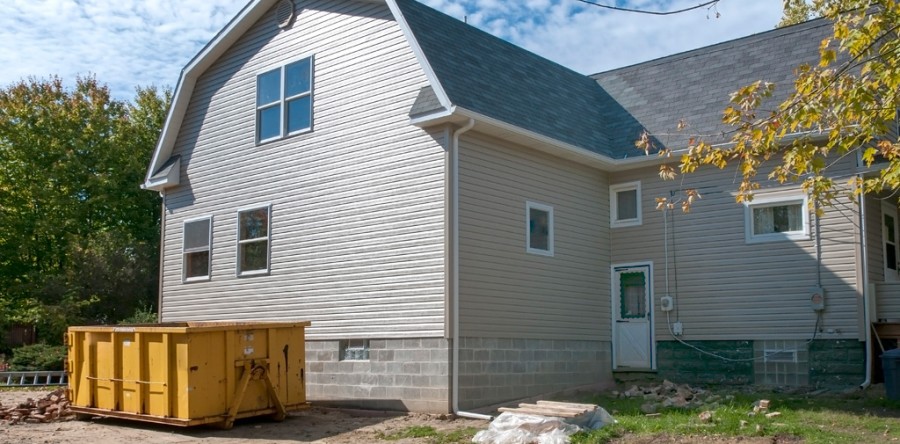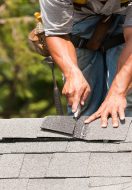Choosing the right roof type for your home in Texas is a crucial decision. It not only protects your home but also plays a significant role in its aesthetics, energy efficiency, and resale value. From scorching summers to torrential rains and occasional hailstorms, the diverse Texas climate can make the choice more complex. Let's unravel this complex choice to ensure you pick the most suitable roof for your Texan abode.
Understanding the Texas Climate
The first step towards choosing the best roof types in Texas is understanding the state's unique climate. Texas boasts an array of climatic conditions due to its sheer size, from semi-arid in the west to humid in the east, with extreme heat being a common denominator. Therefore, your chosen roof type must withstand the intense sun and heat, along with other regional weather phenomena.
Asphalt Shingles: The Popular Choice
Asphalt shingles are one of the most popular roof types in Texas due to their affordability, durability, and availability in a range of colors and styles. Most asphalt shingles can resist high winds and are class A fire-rated, providing excellent safety.
Metal Roofs: The Durable Solution
If longevity and durability are your priorities, metal roofs are an excellent option. Metal roofs are highly resistant to hail and wind damage, and their reflective surface helps to reduce heat absorption, making your home cooler and more energy-efficient.
Tile Roofs: The Elegant Solution
Tile roofs, especially clay and concrete ones, are another roof type suited for the Texan climate. They are durable, fire-resistant, and excellent at reflecting solar heat. While tile roofs might be expensive initially, their longevity and low maintenance requirements make them a cost-effective choice over time.
Slate Roofs: The Premium Option
Slate roofs provide a high-end look with superior durability and lifespan. Besides their unique aesthetic appeal, slate roofs are fire-resistant and can withstand harsh weather conditions. However, due to their weight, they might require additional structural support.
Wooden Shingles and Shakes: The Natural Option
For homeowners wanting a natural, rustic look, wooden shingles and shakes could be the way to go. They offer good insulation and can withstand harsh winds. However, they require regular maintenance and may not be the best choice for areas prone to wildfires.
Roofing Considerations in Texas
When choosing the best roof types in Texas, consider the roof's lifespan, its resistance to local weather conditions, energy efficiency, maintenance requirements, aesthetics, and cost. Consulting a reputable roofing contractor to understand these aspects in detail can help you make an informed decision.
Energy Efficiency and Cool Roofs
With the Texan sun beating down, energy efficiency should be a key consideration. Many roofing materials today are designed to reflect more sunlight and absorb less heat, known as "cool roofs". Depending on the type, cool roofs can help save on energy bills, improve indoor comfort, and reduce the local heat island effect.
Roof Warranties
No discussion about roofing would be complete without mentioning roof warranties. They provide protection against material defects and installation errors. Remember, a longer warranty often indicates a higher quality product.
The Bottom Line
The best roof for your Texas home depends on various factors, including your budget, aesthetic preferences, and the specific climatic conditions in your area. By understanding the pros and cons of each roof type and considering factors like energy efficiency and warranties, you can ensure your choice meets your specific needs and withstands the test of time.
Conclusion
Selecting the best roof type in Texas is a significant investment decision that affects your home's safety, energy efficiency, and visual appeal. From popular asphalt shingles to durable metal roofs, elegant tile roofs, premium slate roofs, and natural wooden shingles, Texas homeowners have a broad range of options to choose from. With an understanding of the Texas climate, energy efficiency needs, and durability requirements, you can choose a roof type that offers the best return on your investment and stands strong amidst the state's diverse weather conditions. It's worth remembering that quality installation by experienced professionals is as critical as the material itself to ensure your roof's longevity and performance.




